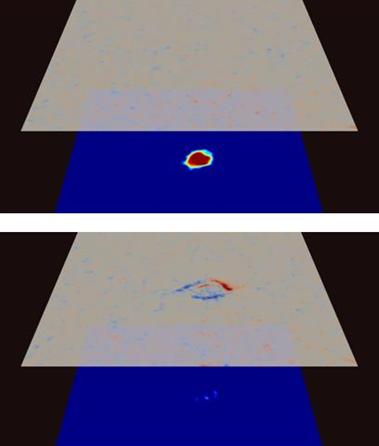国台学术报告 NAOC COLLOQUIUM 2012年 第04次 / Number 04,2012
Speaker: Dr. Junwei Zhao (Stanford University) Time: Thursday, 3:00 PM, Feb. 9, 2012 Location: NAOC A601  Dr. Junwei Zhao earned his bachelor and master degrees from Department of Astronomy, Nanjing University. He received his Ph.D. degree from Department of Physics, Stanford University in 2004. Dr. Zhao in interested in using time-distance helioseismology to study solar interior properties and solar far-side active regions, and is one of leading experts in this field. Currently, he is a Senior Research Scientist at Stanford University. He is partly sponsored by the Overseas Collaboration Fund of Chinese Natural Science Foundation.
Abstract: The Sun’s photosphere is full of acoustic waves of different modes, which bring us rich information of solar structures and dynamics from the shallow subsurface areas to the solar core, and even to the far-side of the Sun. While the helioseismology studies cover broad topics, such as frequency variations, interior rotation rates, and neutrino problems, in this talk I would like to focus on the results that may have direct impacts on the space weather forecast. Our recent studies have demonstrated that it was possible to predict emergence of large active regions one or two days in advance, and our earlier works have shown that we are able to map the active regions of the solar far side. These are useful tools to monitor the space environment. Moreover, recently, we are focusing to study the connections between subsurface flow fields and major flare occurrences with a hope of predicting flares based on subsurface flow structures and understanding energy buildup in the interior.
All are welcome!Tea, coffee, biscuits will be served at 2:45 P.M.
|













